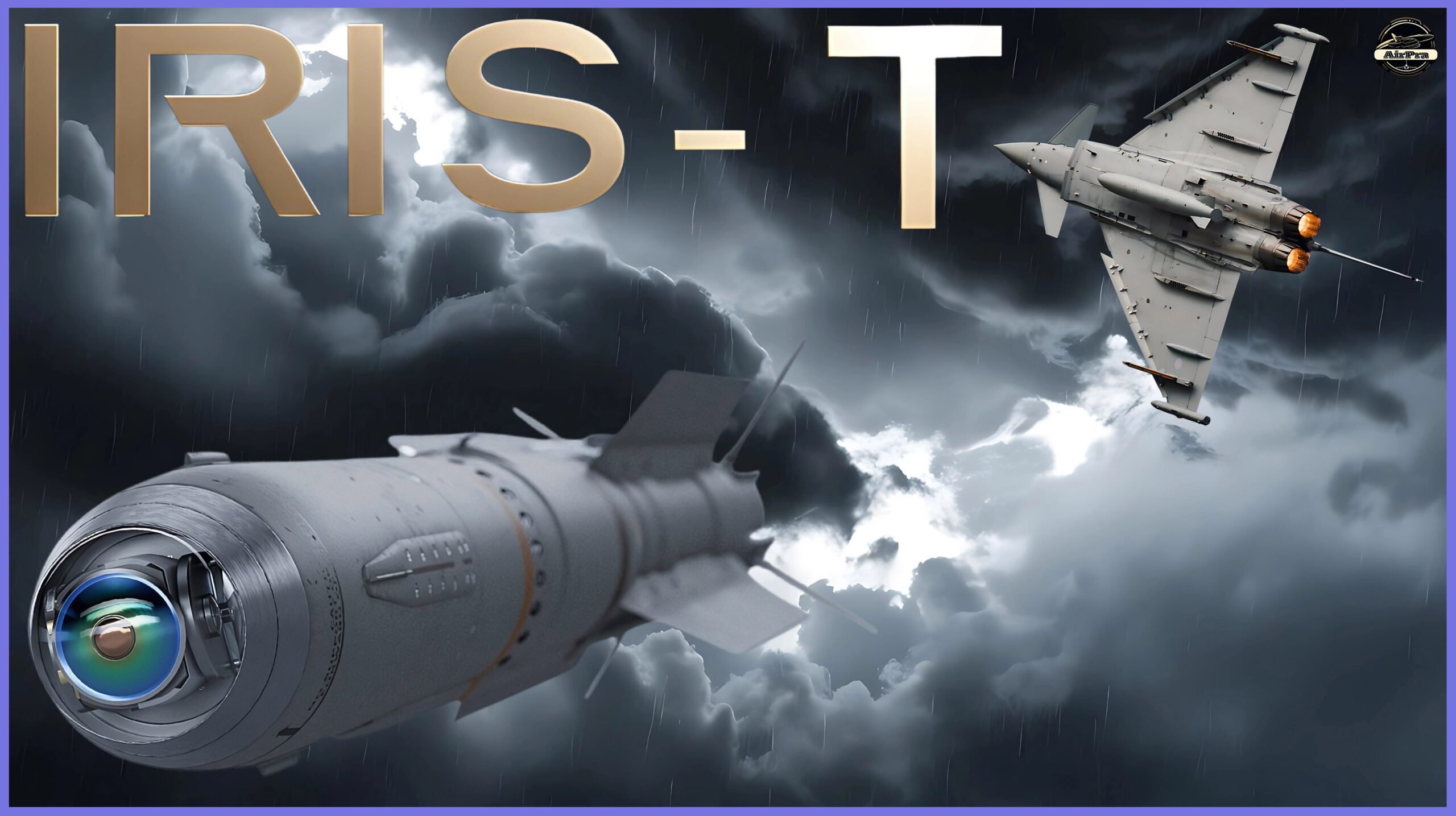Introducing the state-of-the-art Advanced IRIS-T Air-To-Air Missile, a collaborative effort among Germany, Greece, Norway, Italy, Spain, and Sweden, equipped with cutting-edge technology to excel in all weather conditions and provide exceptional manoeuvrability for engaging even the most agile targets.
The IRIS-T is a Fox-2 category missile featuring a Dual-Mode Seeker, which combines an Imaging Infrared Seeker and an Active Radar Seeker.
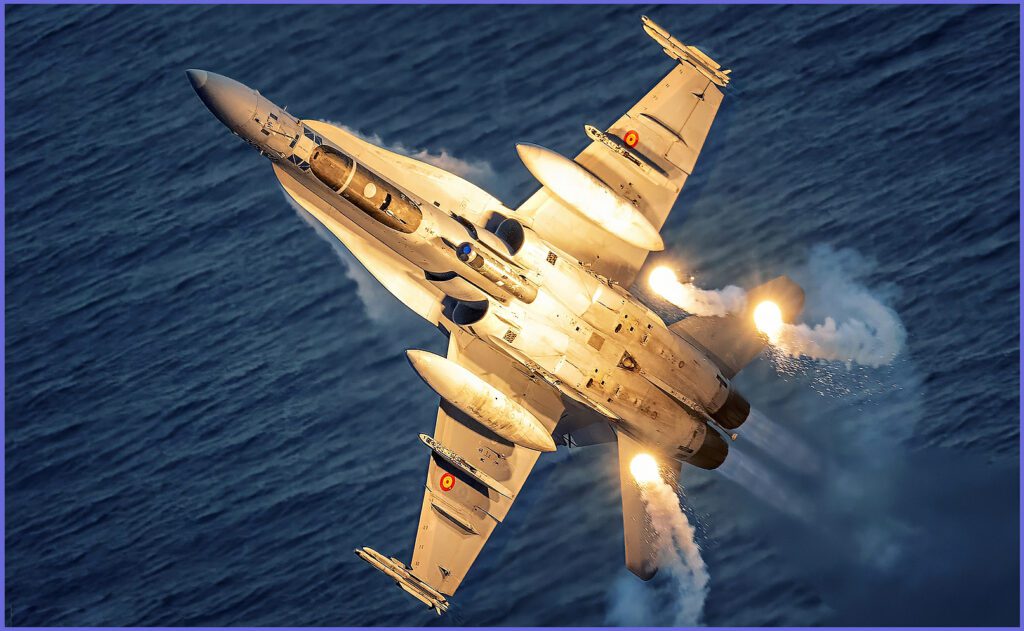
This allows the missile to track and engage targets in all weather conditions, day or night. Additionally, the missile has a Thrust Vector Control System, providing superior manoeuvrability and agility in flight, enabling it to engage highly manoeuvrable targets.
The Advanced IRIS-T Air-To-Air Missile boasts an impressive range of up to 25 km and a remarkable speed of Mach 3. This cutting-edge weapon system is specifically designed to effectively engage a diverse array of targets, ranging from enemy aircraft and helicopters to unmanned aerial vehicles (UAVs).
Moreover, the IRIS-T missile exhibits outstanding versatility, as it is compatible with an extensive selection of fighter aircraft, which includes the Eurofighter Typhoon, F-16 Fighting Falcon, Saab Gripen, and F/A-18 Hornet.

Regarded as one of the most sophisticated air-to-air missiles globally, the IRIS-T missile has garnered significant success and operational deployment across numerous air forces worldwide. With its state-of-the-art features and capabilities, it stands as a highly prized asset for crucial air defence and air superiority missions.

The development of the missile took place under a German-led program during the late 1990s and early 2000s. The primary goal was to create a short to medium-range infrared homing air-to-air missile, intended to replace the AIM-9 Sidewinder, which was in active use by specific NATO member nations at the time.
A crucial aim of the program was to ensure that any aircraft capable of firing the Sidewinder would also have the capability to launch the IRIS-T. Subsequently, in the year 2005, the air-to-air version of the IRIS-T missile was officially put into service.
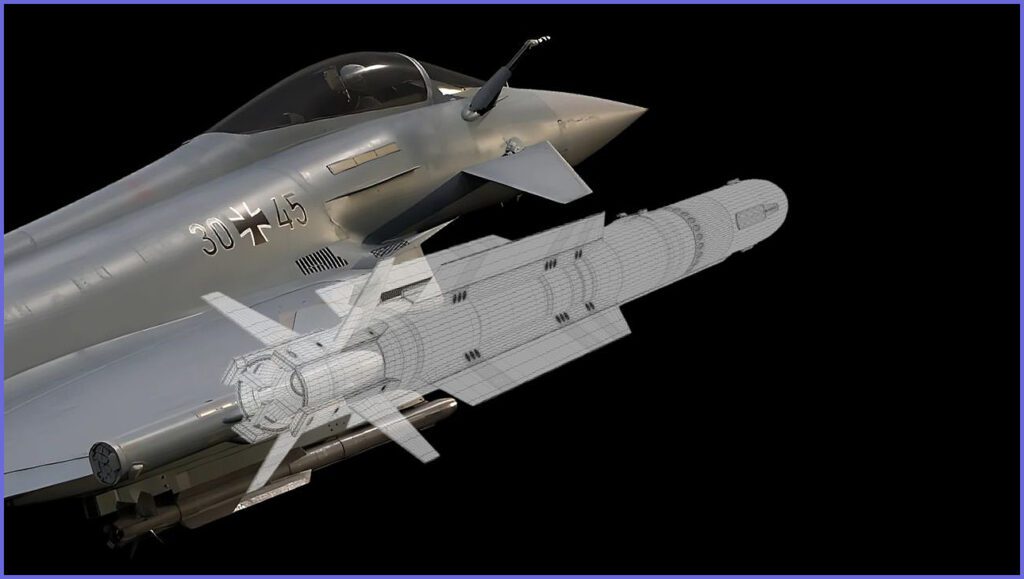
Later on, Surface-to-air variants which are The IRIS-T SLS and IRIS-T SLM are two types of weapons used for ground defence. They were introduced in 2015 and 2022, respectively. These weapons are mounted on trucks and can launch missiles to protect against attacks.
The IRIS-T SLM has three launchers, each with eight missiles that can travel up to 40 kilometres or 25 miles.
There is also a separate command vehicle that can control the launchers from up to 20 kilometres ( 12 miles ) away. This system can defend against different types of missiles, including those that fly low to the ground or are difficult to detect. Germany provided this system to Ukraine in 2022.
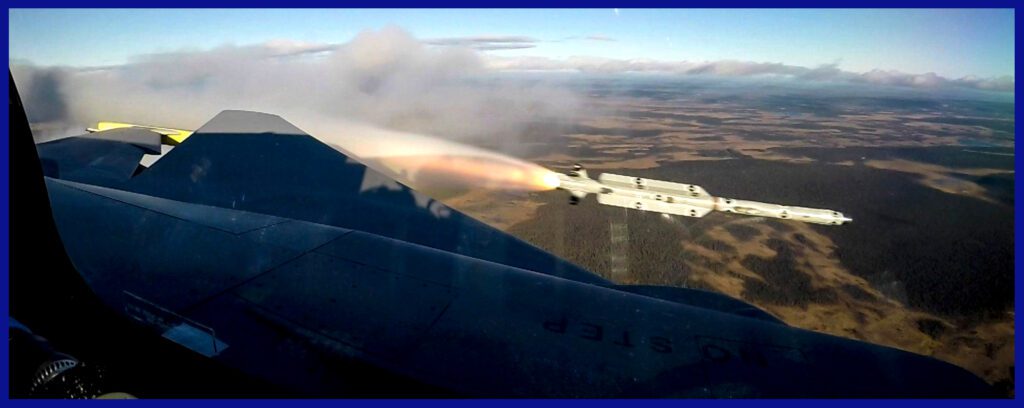
Next-Generation Air Superiority: The IRIS-T Missile’s Distinctive Characteristics
The IRIS-T missile outperforms the AIM-9M Sidewinder in terms of flare suppression and electronic countermeasure (ECM) resistance. Notably, the head-on firing range has been increased by 5 to 8 times compared to the AIM-9M, thanks to considerable advances in target identification technology.
The amazing missile’s capacity to make rotations of up to 60 g at a speed of 60°/s enables it to engage targets that are behind the launching aircraft, made possible by thrust vectoring and Lock-On After Launch (LOAL) capabilities.
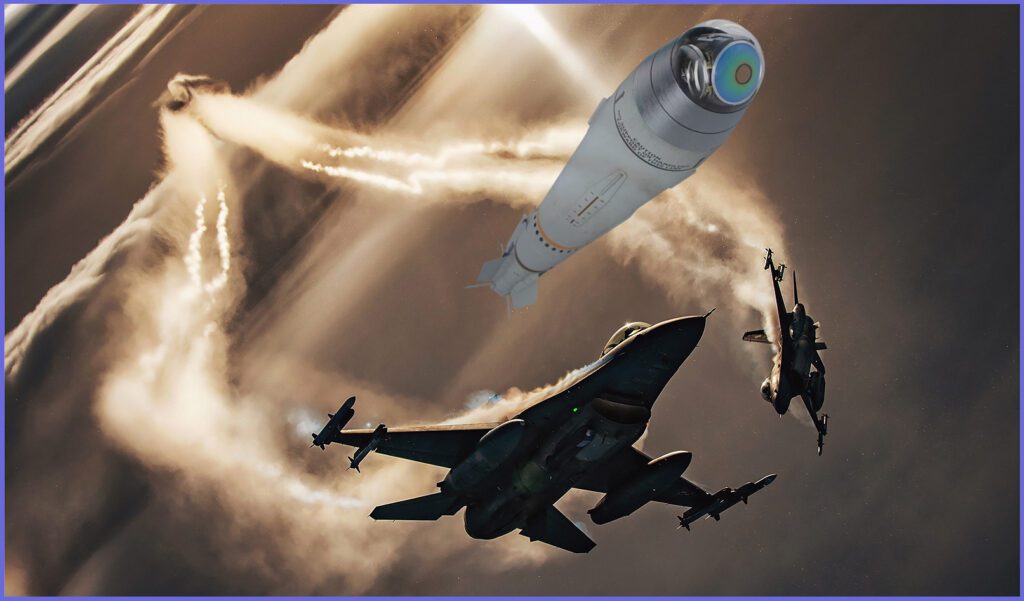
- Versatile Interception Capabilities: The IRIS-T can intercept quick-moving and small targets like UAVs, drones, air-to-air, surface-to-air and surface-to-surface missiles and rockets, as well as cruise missiles. The missile has an active radar proximity fuze to increase the chance of a direct strike.
- Dual-Mode Seeker: The missile features a dual-mode seeker, which combines an imaging infrared seeker and an active radar seeker. This allows the missile to track and engage targets in all weather conditions, day or night. Even in the face of the most recent countermeasures, the imaging infrared seeker offers incredibly high resolution, target discrimination and flare suppression. It is capable of all aspects and has an acquisition range that is compatible with the entire kinematic range of the missile.
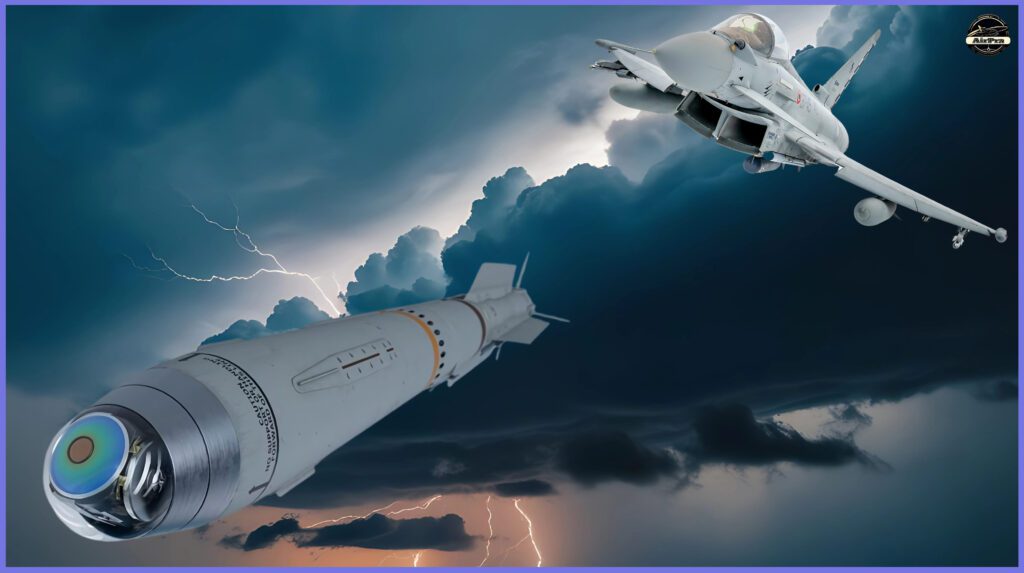
- Thrust Vector Control (TVC): The IRIS-T missile incorporates a thrust vector control system, enhancing its manoeuvrability and agility during flight, thus enabling effective engagement of highly manoeuvrable targets. The integration of a solid propellant motor with thrust-vector control allows the missile to engage even exceptionally agile targets, including those positioned directly behind the firing aircraft.
- Compatibility: The IRIS-T missile is compatible with a wide range of fighter aircraft, including the Eurofighter Typhoon, F-16 Fighting Falcon, Saab Gripen and F/A-18 Hornet.

IRIS-T Surface-to-Air: Enhancing Defensive Capabilities with Precision and Power
The German Air Force, along with other entities, is currently employing the IRIS-T SL, a surface-launched, radar-guided version of the missile, within the NATO MEADS (Medium Extended Air Defense System) program. In contrast to the standard IRIS-T, this variant features a pointed nose and a detachable drag-reduction nose cone.
The missile uses a radar data connection for command guidance during the initial approach together with an inertial navigation system assisted by GPS. At the terminal stage, the interference-resistant IR seeker head is turned on.

By 2022, two types of IRIS-T missiles were available for air defence: the IRIS-T SLS (Surface Launched Standard), designed for short-range engagements with a reach of up to 12 km in altitude, and the IRIS-T SLM (Surface Launched Missile), designed for medium-range engagements with a reach of up to 40 km and a maximum altitude of 20 km.
Interestingly, the IRIS-T SLM is capable of countering surface-to-air missiles and cruise missiles, including low-flying, stealthy missiles such as the Kalibr.
There is also a third type, IRIS-T SLX ( long-range ) that is still being developed. It has a range of 80+ kilometres and can reach a maximum altitude of 30 kilometres. As of June 2024, it was still in development. The IRIS-T SLM has completed its operational testing as of January 2022.
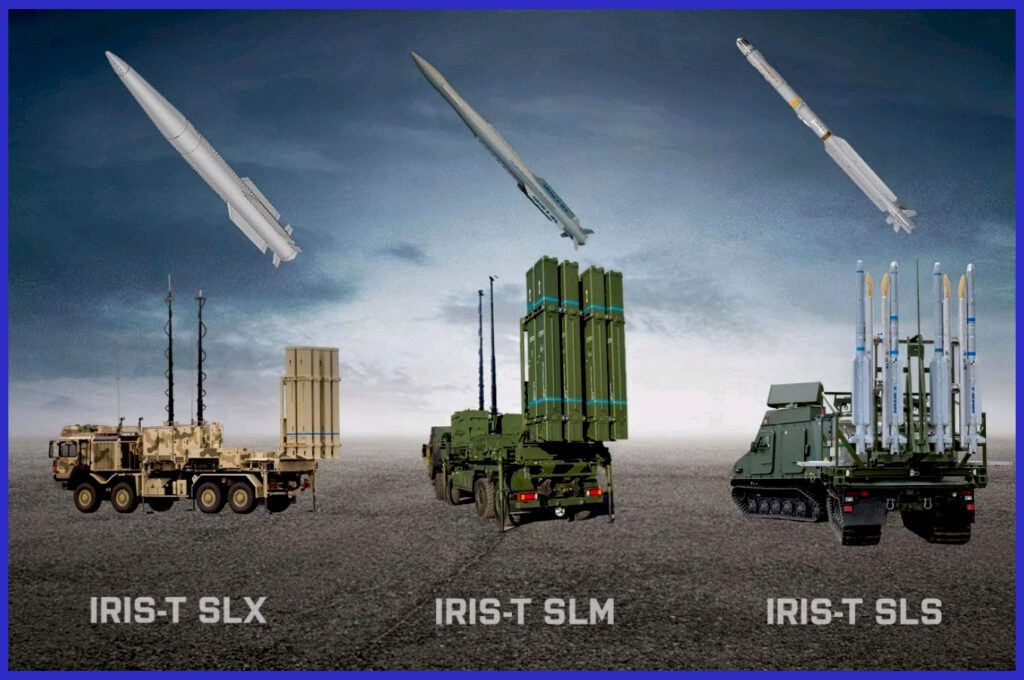
- The IRIS-T SLS missile launcher is designed to be mounted on a trailer, making it easily transportable by a vehicle or capable of being fixed in position. This versatile launcher can carry up to eight IRIS-T SLS missiles, offering increased flexibility and firepower in various operational scenarios.
- Diehl Defence announced that the IRIS-T SLM missile is being integrated into the Mark 41 Vertical Launching System for naval surface-to-air missile applications.
- The missile launcher is equipped with surveillance and tracking radar, which detects and tracks aerial targets. Once a target is detected, the IRIS-T SLS missile can be launched to intercept the target.

- The IRIS-T SLS missile has similar characteristics to the air-to-air version, including a dual-mode seeker, thrust vector control, and a high-explosive fragmentation warhead.
- The operation of the IRIS-T SLS and SLM missile launcher and its accompanying missiles falls under the purview of a trained crew of personnel. These skilled operators are tasked with the crucial responsibilities of launching and controlling the missiles effectively and efficiently.
- The IRIS-T SLS and SLM systems offer ground-based air defence capabilities, safeguarding military bases, critical infrastructure, and other strategic assets from aerial threats, including enemy aircraft, helicopters, and unmanned aerial vehicles.

The Future of IRIS-T: Cutting-Edge Enhancements in Missile Systems
IRIS-T AAM Block 2: In June 2024, Diehl Defence announced that they were actively developing an upgraded version of the IRIS-T air-to-air missile (AAM). This new variant is set to feature significant enhancements, including the integration of an advanced seeker, upgraded electronic components, and the addition of a data link capability.
These improvements are expected to boost the missile’s performance, offering greater accuracy and reliability in modern combat scenarios.
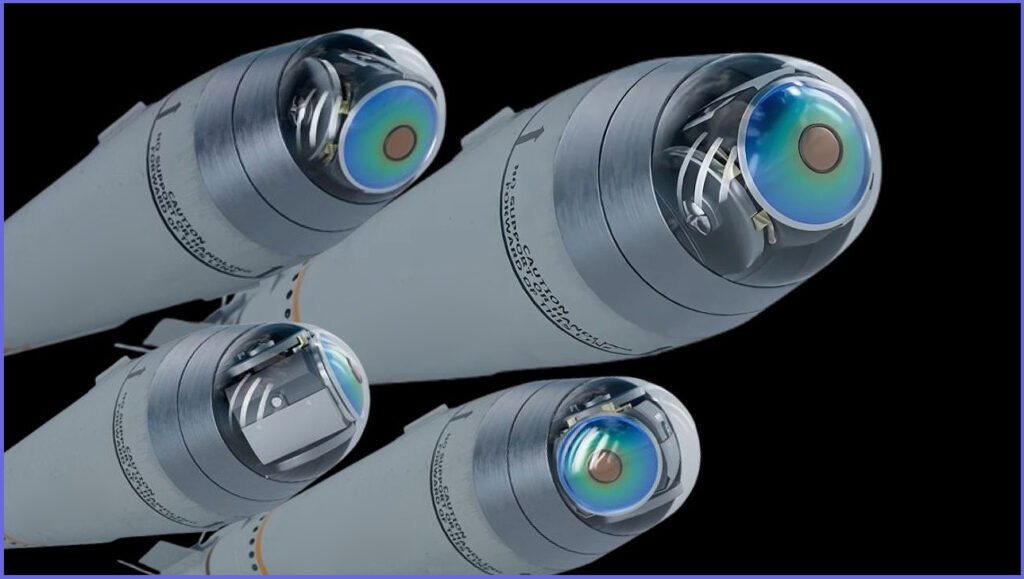
IRIS-T FCAAM air-to-air missile: Diehl Defence is currently developing a sixth-generation short-range air-to-air missile, referred to as the “Future Combat Air-to-Air Missile” (FCAAM). This advanced missile is being engineered to serve as a key weapon for the European Future Combat Air System.
The IRIS-T FCAAM is expected to incorporate several cutting-edge features, such as a stealthy non-cylindrical cross-section for reduced radar visibility, a multi-spectrum infrared (IR) sensor for enhanced target acquisition, sophisticated data processing capabilities, a two-way data link for real-time communication, and a dual-pulse or multi-pulse rocket motor for improved propulsion and range.

IRIS-T HYDEF: The Hypersonic Defence (HYDEF) initiative represents Europe’s first coordinated effort to address the growing challenge of defending against hypersonic missile threats. This program is a collaboration between 13 companies from seven European countries, all working together under a shared vision to develop advanced missile defence technologies.
The project focuses on creating an endo-atmospheric interceptor, designed to detect, track, and neutralize hypersonic missiles within the Earth’s atmosphere, ensuring a robust air defence solution against these highly maneuverable and fast-moving threats.

At ILA 2024, Diehl Defence announced that they are developing a two-stage missile system aimed at countering hypersonic weapons. This missile will feature a booster that acts as the launch engine and a “Kill Vehicle” warhead designed for direct impact on targets.
The system is expected to strike targets at distances of up to 100 km and altitudes reaching 50 km, offering exceptional agility in intercepting high-speed threats.
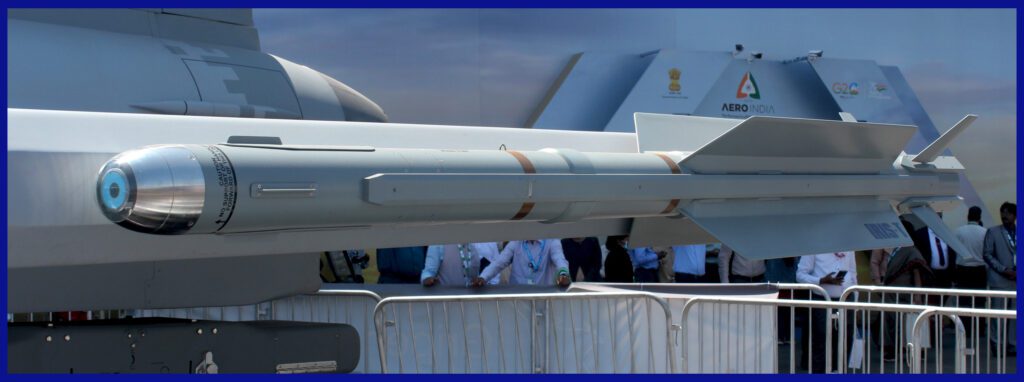
The IRIS-T Air-to-Air Missile: Essential Specifications
- Weight: 87.4 kg ( 193 lb )
- Length: 9.6 feet ( 2.92 m )
- Diameter: 5 in ( 127 mm )
- Wingspan: 17.6 in ( 447 mm )
- Warhead: High Explosive Fragmentation Warhead
- Detonation: Active radar proximity fuse and Impact as well
- Engine: Solid fuel rocket motor
- Range: 25 km ( 16 mi )
- Speed: Mach 3
- Guidance: Infrared homing
- The cost per unit: Ranges from €250,000 (approximately $280,000) to €400,000 (around $473,080) for an air-to-air missile.
- Launch Platform: The IRIS-T missile can be launched from a variety of platforms, such as the Eurofighter Typhoon, F-16 Fighting Falcon, Tornado, Saab Gripen, and F/A-18 Hornet, as well as the Alenia Aermacchi M-346 Master, Northrop F-5, and the NASAMS ground-based air defence system.

In conclusion, the IRIS-T missile is a highly advanced air-to-air missile developed by a consortium of European countries. A key objective of the program was to ensure that any aircraft capable of firing the Sidewinder would also be able to launch the IRIS-T missile or its more advanced variants.
Featuring a dual-mode seeker and a thrust vector control system, the IRIS-T offers unmatched performance and manoeuvrability, allowing it to engage highly manoeuvrable targets in all weather conditions.
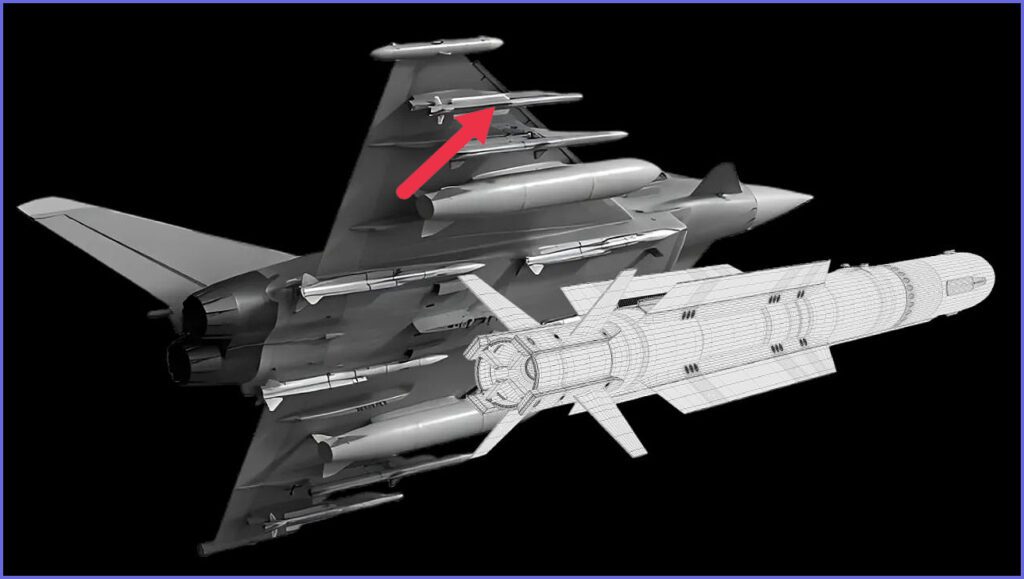
The missile covers a decent range of up to 25 kilometres and a fantastic speed of Mach 3. Its success has led to the development of other variants, including the ground-to-air IRIS-T SLS missile for air defence.
Overall, the IRIS-T missile is considered to be one of the most advanced missile systems in the world and has proven to be a valuable asset for air defence and air superiority missions.
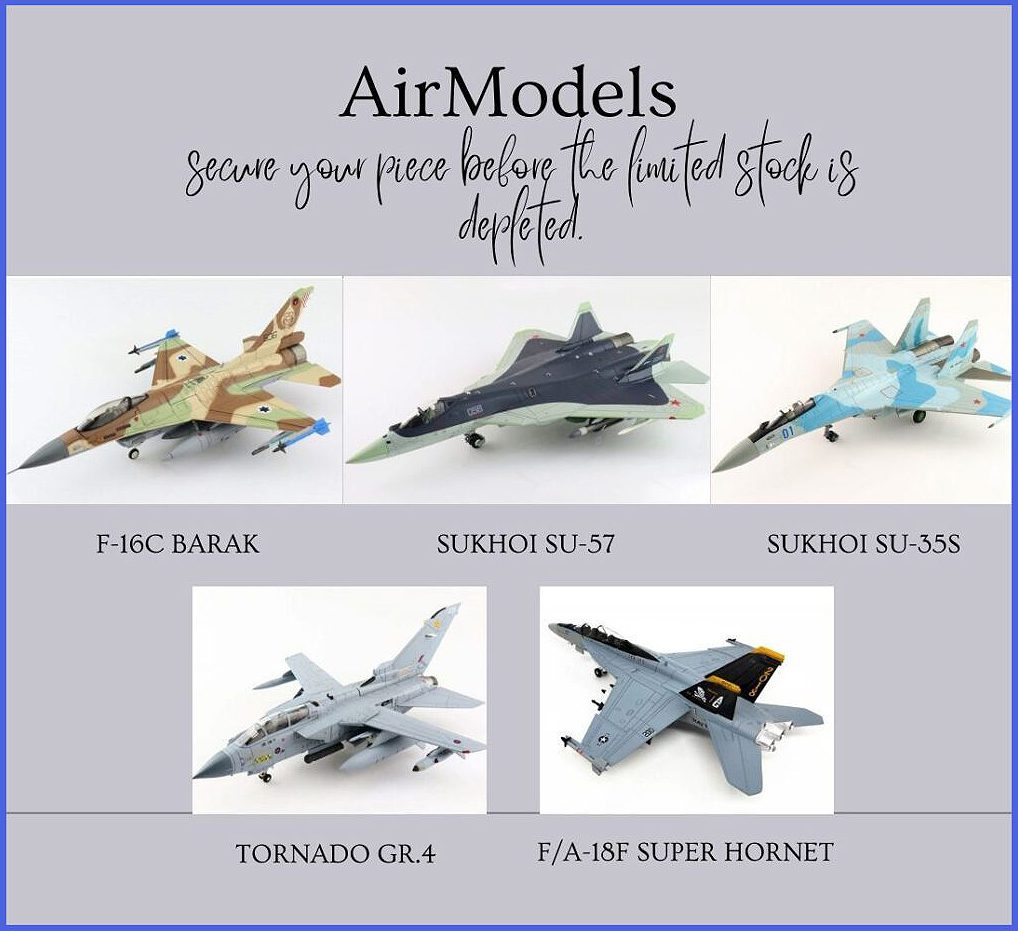
Important Announcement for Our Valued Readers!
After an article is published, updates or changes may have occurred beyond the time of publication. Therefore, it is important to be aware that certain information in the article might be outdated. To ensure the most accurate analysis, it is highly recommended that the content be verified with the latest sources available.
However, we are dedicated to delivering outstanding articles on military products and global updates. Maintaining quality and smooth operation requires resources. Your support sustains our efforts to provide insightful content.
By purchasing high-quality products through our affiliated links, you help us keep our platform alive and acquire top-notch items. Your unwavering support is invaluable and inspires us to strive further.
We welcome your suggestions and requests for more information, as we value feedback from our readers. If specific defence material or equipment is not covered on our site, please share your request in the comments. We’ll strive to research and provide the required information.
We sincerely thank you for your unwavering interest in our website, and we eagerly anticipate hearing from you! Enjoy your reading experience!
